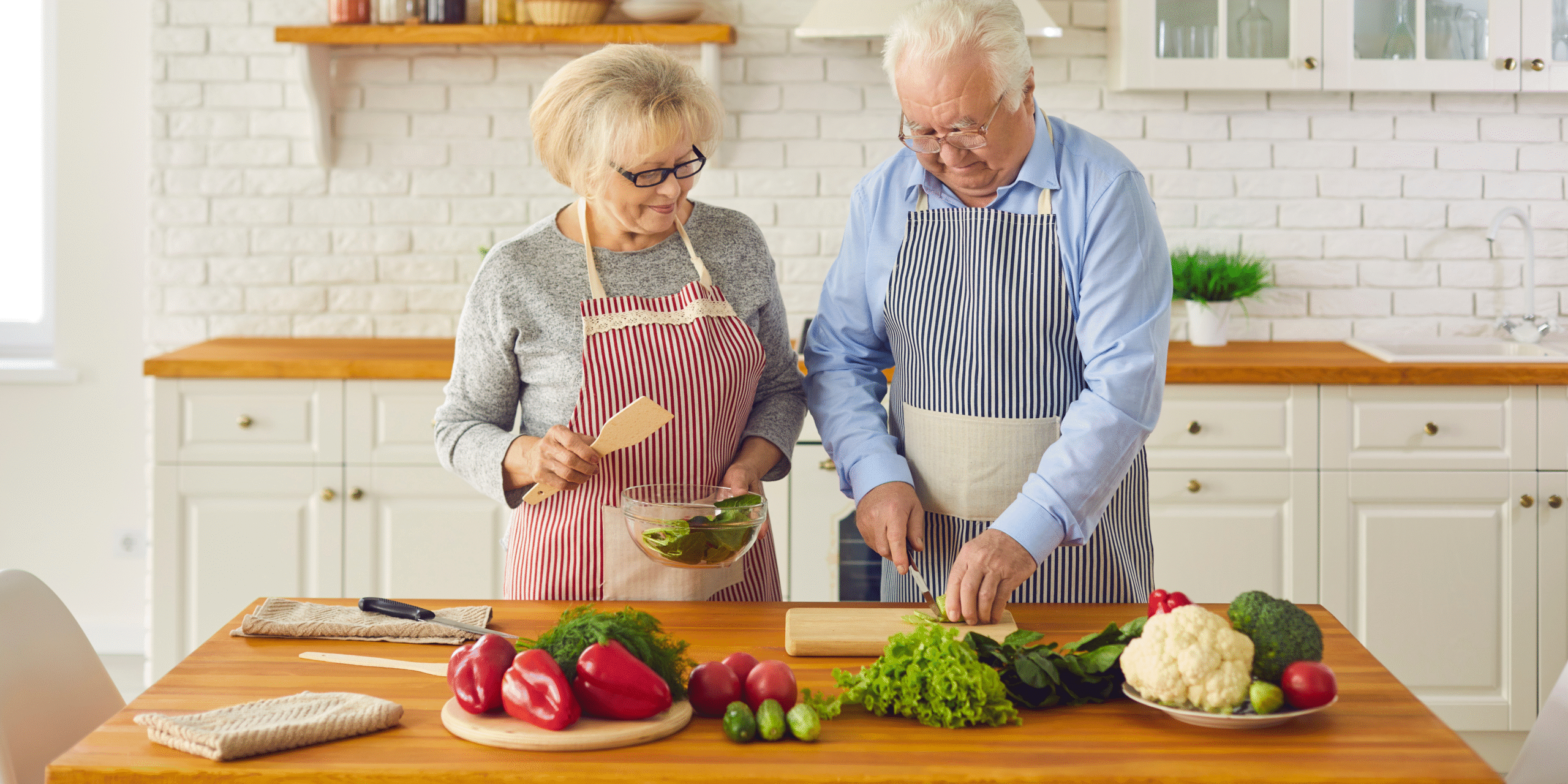Finding ease in the everyday.
If you’ve just been told you have Type 2 Diabetes, chances are your mind is racing.
How did I let it get this far? What am I allowed to eat now? Am I going to have to give up everything I love?
It’s easy to feel ashamed, overwhelmed, or like you’ve lost control of your own body. Suddenly, something as simple as food—a part of life you’ve always enjoyed—feels like a threat.
Many people feel paralyzed by the idea that they’ll have to make massive changes overnight just to feel halfway normal again. But here’s the truth: you don’t have to give up everything.
The Truth? Change Is Non-Negotiable—But It Doesn’t Have to Be Complicated
Let’s be honest—something in your body isn’t working the way it should. And ignoring it won’t make it better. But you don’t need to overhaul your entire life to start seeing results.
You just need to start making smarter, simpler choices based on how your body actually processes food. In fact, many people I’ve worked with are shocked to realize how small tweaks can make a huge difference.
Here’s what I wish every newly diagnosed patient knew right away—because it’s these practical strategies that can change everything.
5 Ways to Enjoy Food Without Spiking Your Blood Sugar
1. Eat in the Right Order: Fat & Protein First
What you eat is important—but so is the order you eat it in.
Eating carbs first? That’s a fast track to a blood sugar spike. But when you start your meal with protein or healthy fat, digestion slows and blood sugar stays more stable.
Instead, try this:
- Eat a few slices of avocado or a boiled egg before your main meal.
- At restaurants, start with a salad (with olive oil dressing) before diving into the main course.
Starting with fat or protein preps your body, so carbs don’t hit your bloodstream all at once.
2. Pair Carbs with Protein & Fat—Always
Carbs aren’t off-limits. But carbs on their own? That’s a problem.
Always combine them with protein or fat to slow absorption and keep blood sugar stable.
Some better combinations include:
- Instead of plain toast, add almond butter.
- Having fruit? Pair it with Greek yogurt or cottage cheese.
Remember, balanced meals = balanced blood sugar.
3. Follow the One-Carb Rule Per Meal
Consuming multiple carbs at once is like throwing fuel on the fire. Stick to one main carb per meal and load up the rest of your plate with veggies, protein, and healthy fats.
Try this:
- If you’re having brown rice, skip the bread.
- Craving pasta? Serve it with grilled chicken and a large side of sautéed spinach.
When you consume less glucose at once = easier for your body to handle.
4. Move After You Eat: The 10-Minute Rule
You don’t need a gym. You just need to move your body right after meals.
A short walk or light activity helps your muscles absorb glucose more efficiently—keeping your blood sugar from climbing too high.
Try this:
- Walk around the block after lunch.
- Do gentle stretches or light housework after dinner.
Even 10 minutes helps your body process the meal.
5. Use Spices & Natural Blood Sugar Helpers
Food isn’t just fuel—it can also be medicine. Certain spices and natural remedies support better glucose control.
Try this:
- Add cinnamon to your morning coffee or oats.
- Cook with turmeric, ginger, and garlic regularly.
- Take apple cider vinegar (1 tbsp in water) before carb-heavy meals.
These natural ingredients improve insulin sensitivity and fight inflammation.

You’re Not Stuck—You’re Just Getting Started
A Type 2 Diabetes diagnosis might feel like the end of something—but it can be the beginning of something better.
You don’t have to be perfect. You just have to be consistent.
Start with small, manageable changes. Notice how your body responds. And remember—every step you take toward balancing your blood sugar is a step toward more freedom, more energy, and more control over your life.
You can do this—and it’s easier than you’ve been led to believe.
